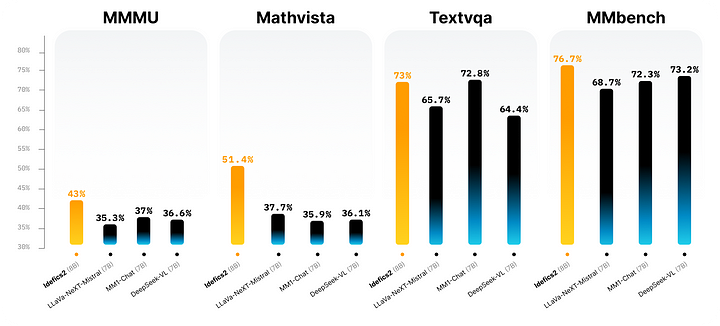This Week in AI | Week 10


You are reading latest edition of This Week in AI, where we bring you the most recent advancements and updates in the field of artificial intelligence. In week 10, we have witnessed major launches and developments from various organisations, including Meta, Microsoft, and Hugging Face. Let us see the highlights of this week’s AI industry.

Meta releases LLama-3, their latest flagship large language model, which is a great step forward in open AI development. Despite ongoing arguments about its “openness,” LLama-3 remains a well-known project in the community.
Other Model Releases This Week:
These releases show the expanding field of artificial intelligence, with a range of models meeting different application and user requirements.

Microsoft presented VASA-1, an outstanding framework for creating hyper-realistic talking faces using a single portrait shot and spoken sounds. This new model generates exact lip-audio synchronisation, lifelike face behaviour, and naturalistic head movements, all generated in real time.
While VASA-1 presents immense potential for interactive applications and virtual communication, Microsoft emphasises responsible AI practices to mitigate misuse risks.

Hugging Face introduces Idefics2, a powerful multimodal 8B model designed to handle text and images, with features such as image description, visual question responding, and document analysis.
Idefics2 promises to be a useful tool for both scholars and practitioners, due to its rigorous training and community-driven development.
The latest releases of LLama-3 & others , VASA-1, and Idefics2 highlight the ongoing advancements in multimodal AI research, showcasing enhanced capabilities and new frameworks for various applications. These models represent significant progress in the area and present promising chances for both researchers and practitioners to explore open-source AI technology.

Grok 4 is xAI’s most advanced large language model, representing a step change from Grok 3. With a 130K+ context window, built-in coding support, and multimodal capabilities, Grok 4 is designed for users who demand both reasoning and performance. If you’re wondering what Grok 4 offers, how it differs from previous versions, and how you […]


OpenAI officially launched GPT-5 on August 7, 2025 during a livestream event, marking one of the most significant AI releases since GPT-4. This unified system combines advanced reasoning capabilities with multimodal processing and introduces a companion family of open-weight models called GPT-OSS. If you are evaluating GPT-5 for your business, comparing it to GPT-4.1, or […]


In 2025, artificial intelligence is a core driver of business growth. Leading companies are using AI to power customer support, automate content, improving operations, and much more. But success with AI doesn’t come from picking the most popular model. It comes from selecting the option that best aligns your business goals and needs. Today, the […]


You’ve seen it on X, heard it on podcasts, maybe even scrolled past a LinkedIn post calling it the future—“Vibe Marketing.” Yes, the term is everywhere. But beneath the noise, there’s a real shift happening. Vibe Marketing is how today’s AI-native teams run fast, test more, and get results without relying on bloated processes or […]


You describe what you want. The AI builds it for you. No syntax, no setup, no code. That’s how modern software is getting built in 2025. For decades, building software meant writing code and hiring developers. But AI is changing that fast. Today, anyone—regardless of technical background—can build powerful tools just by giving clear instructions. […]

OpenAI just dropped a major update for AI developers. Swarm was OpenAI’s first framework for multi-agent collaboration. It enabled AI agents to work together but required manual configuration, custom logic, and had no built-in debugging or scalability support. This made it difficult to deploy and scale AI agents efficiently. Now, OpenAI has introduced the Agents […]
